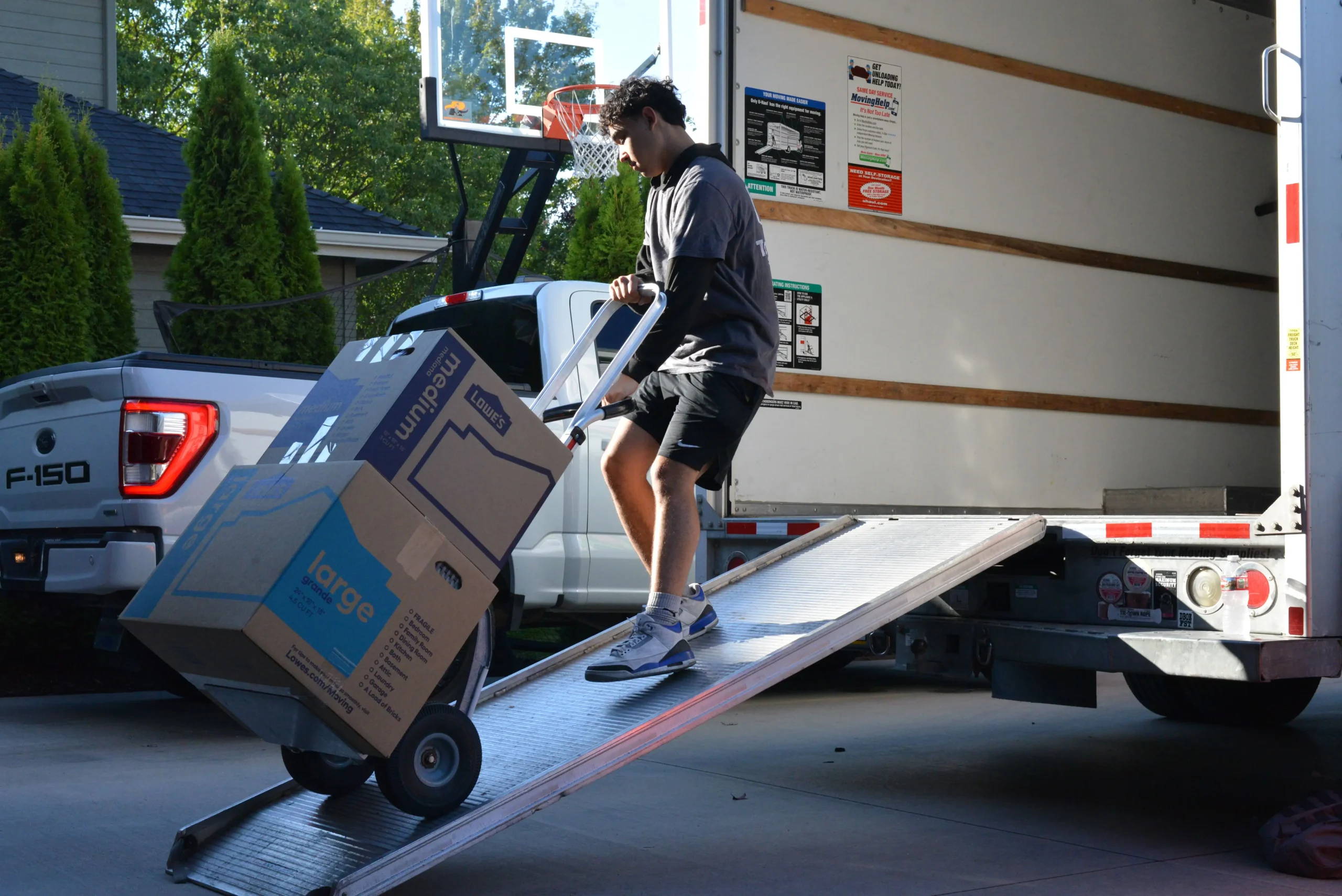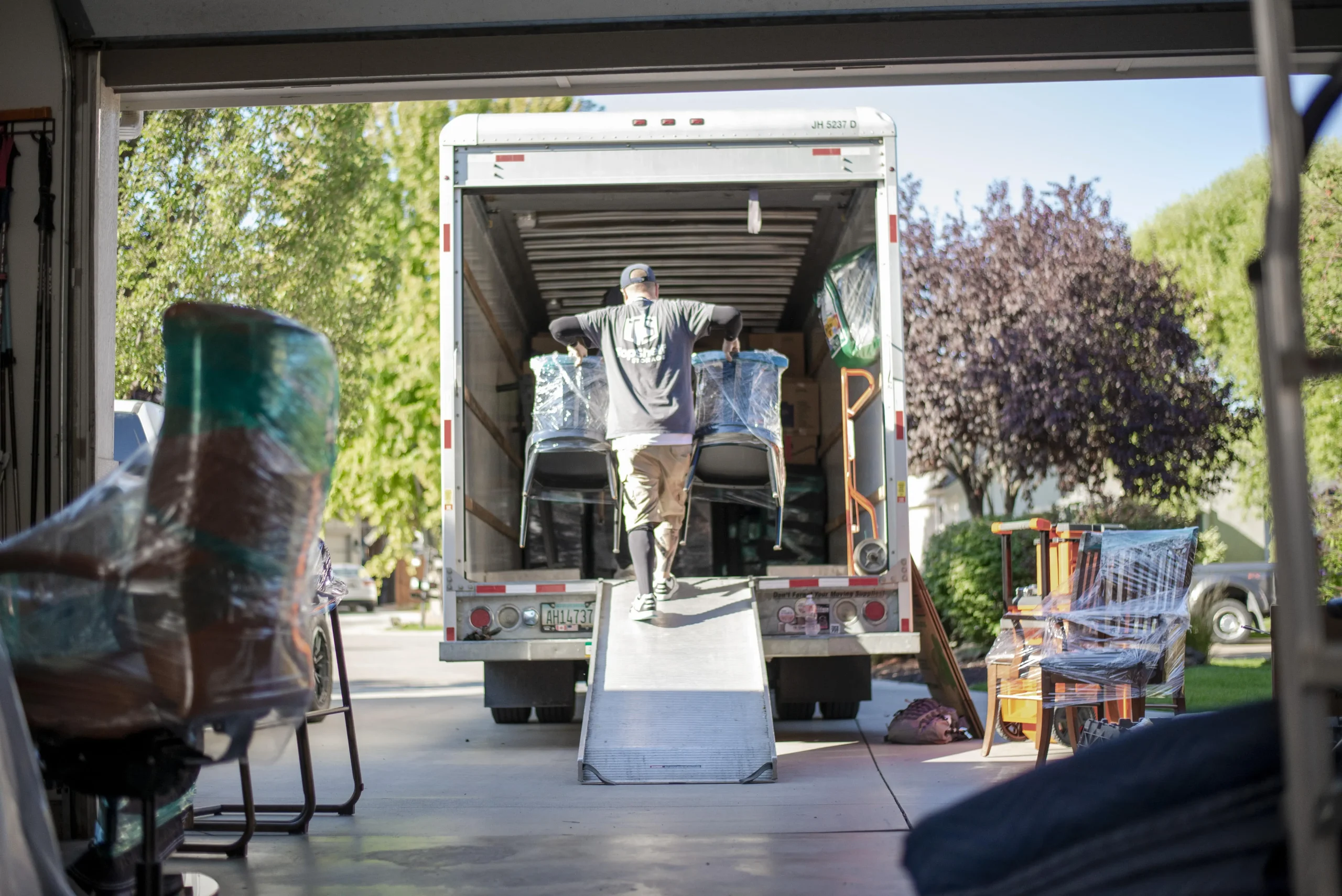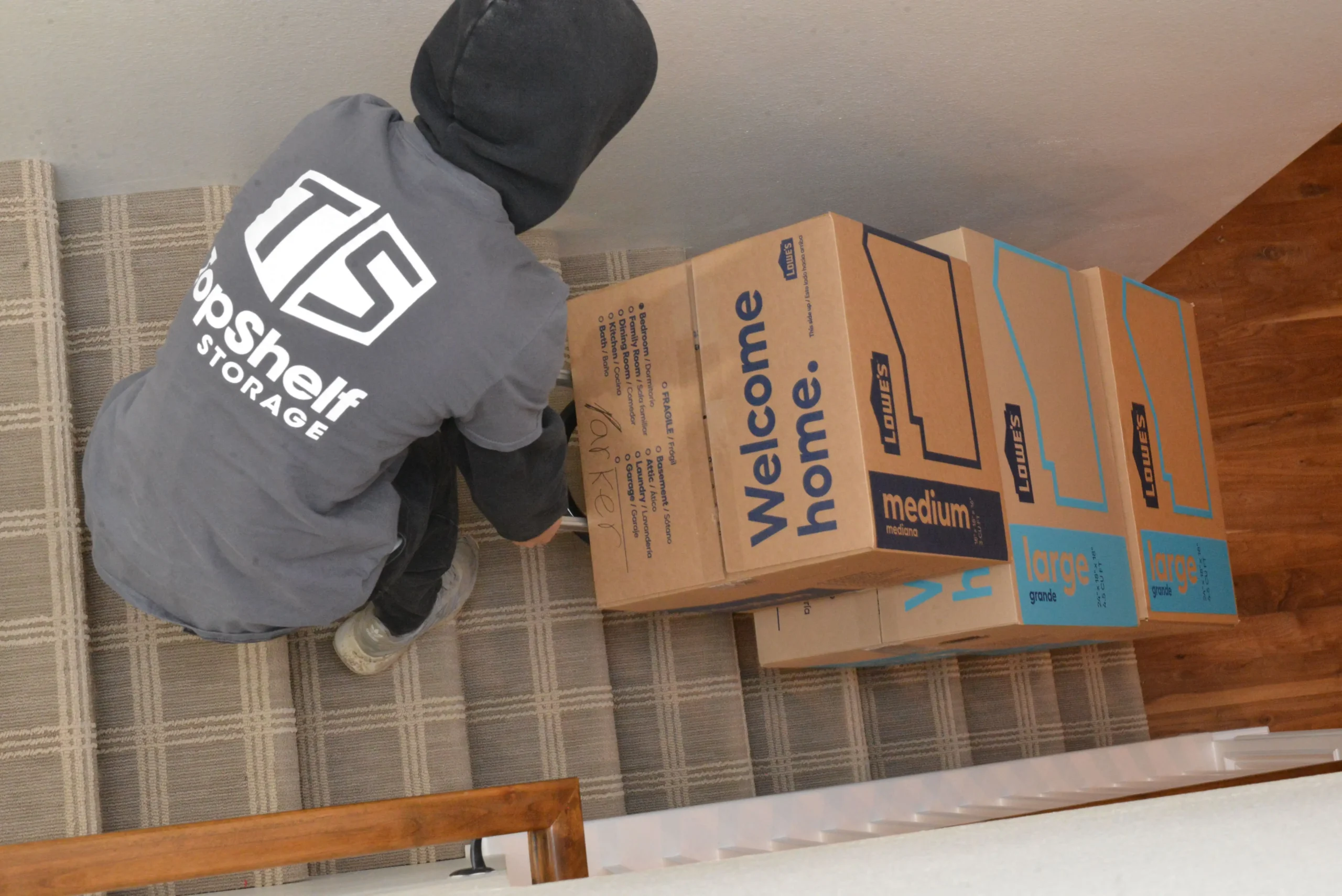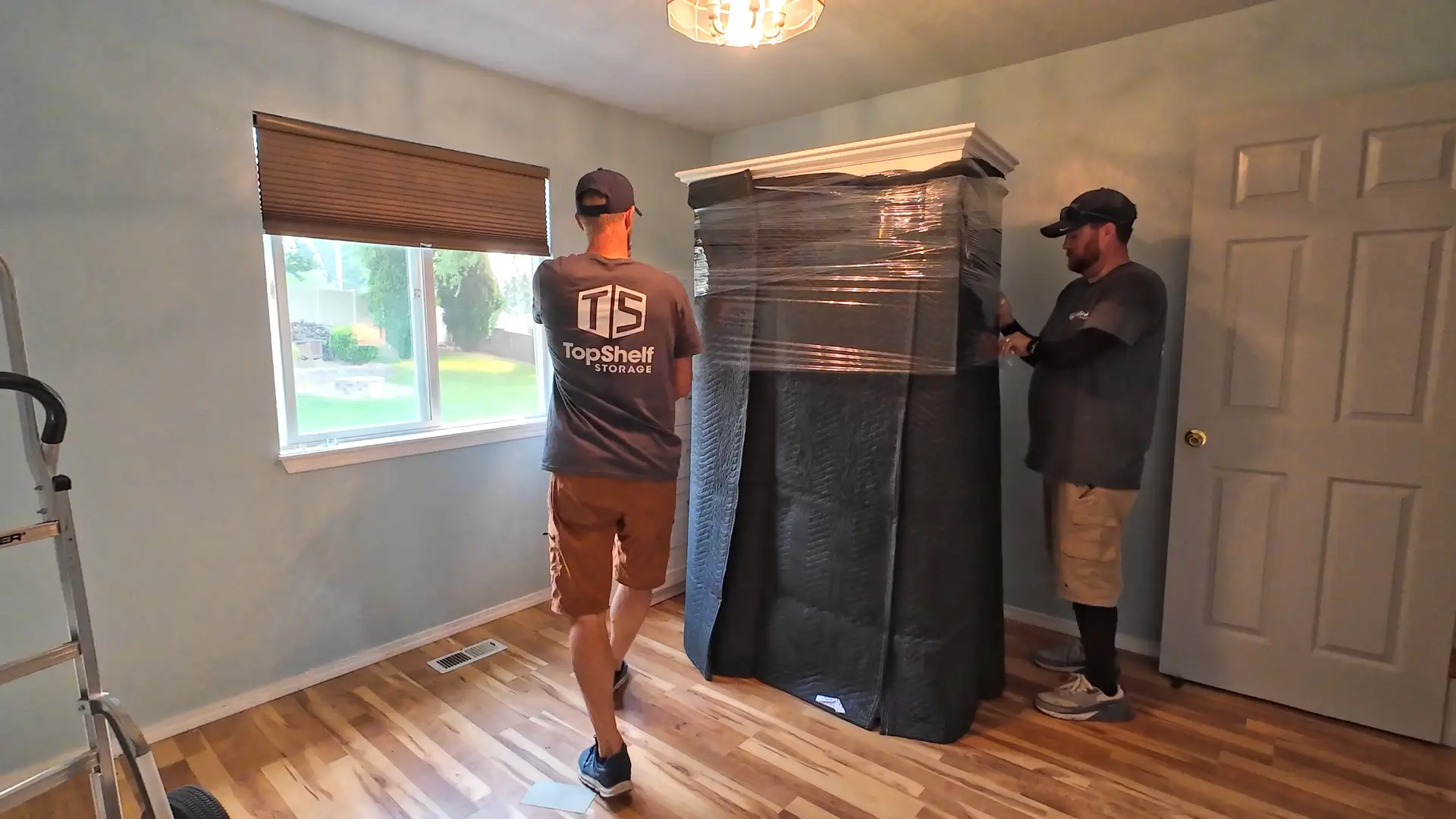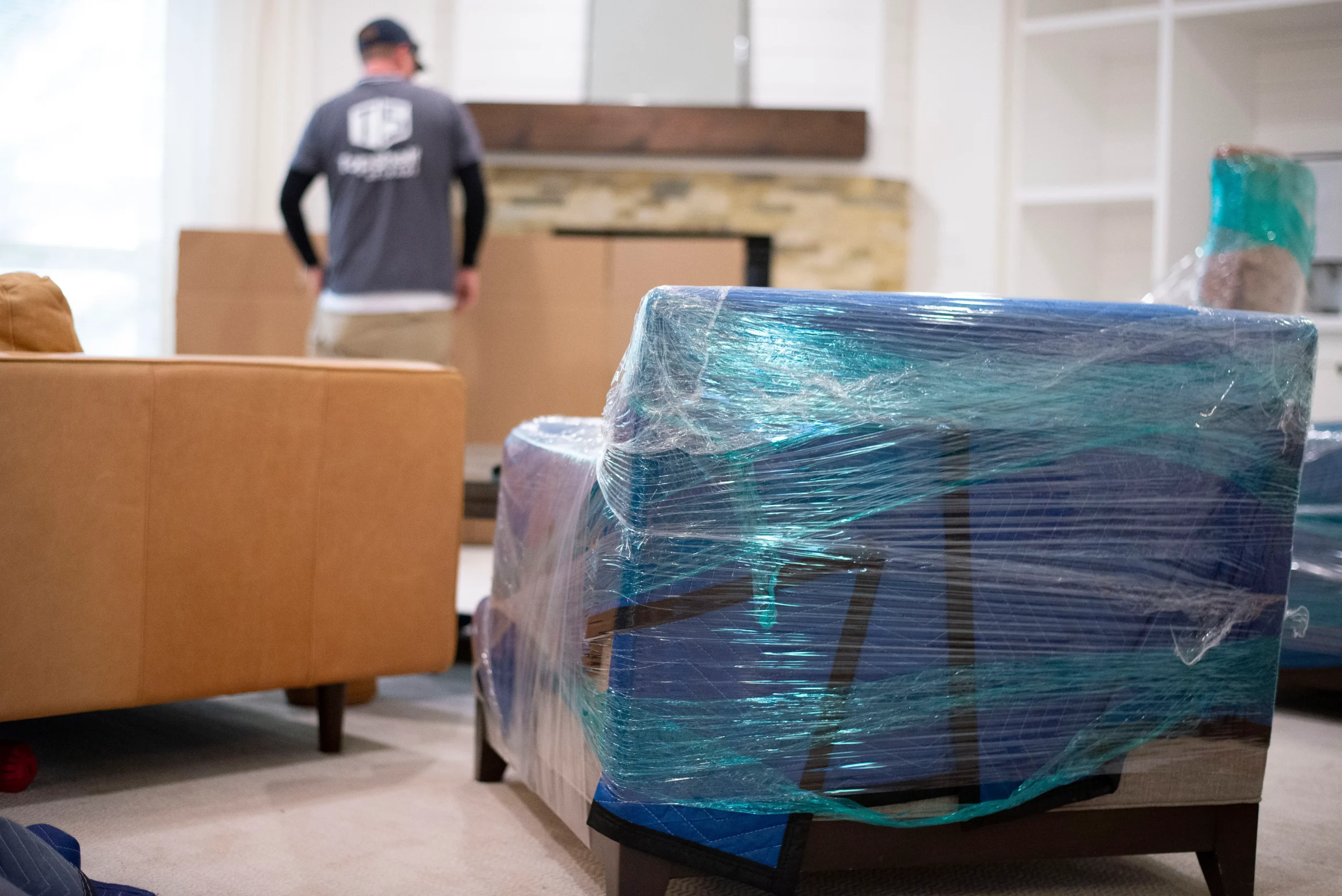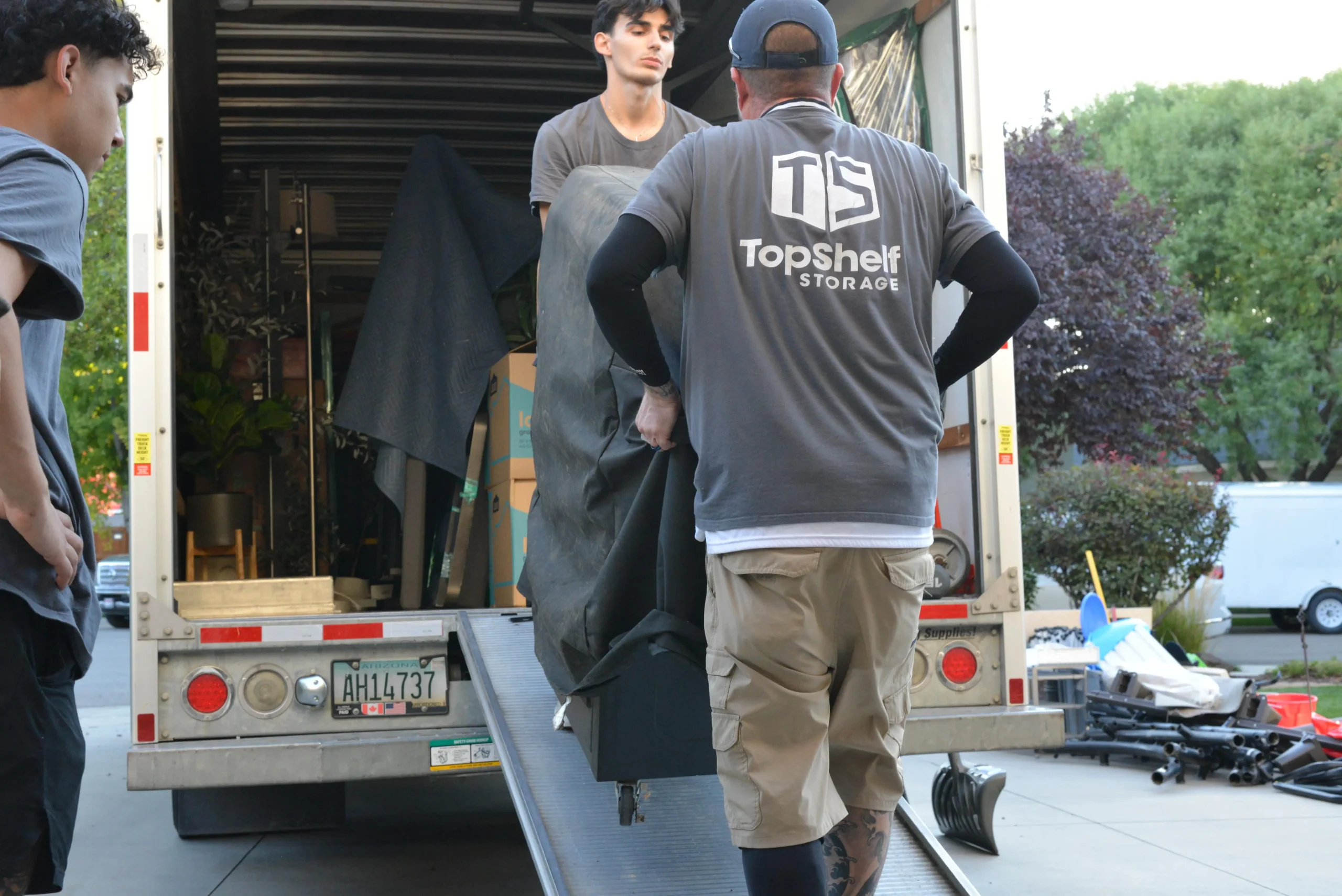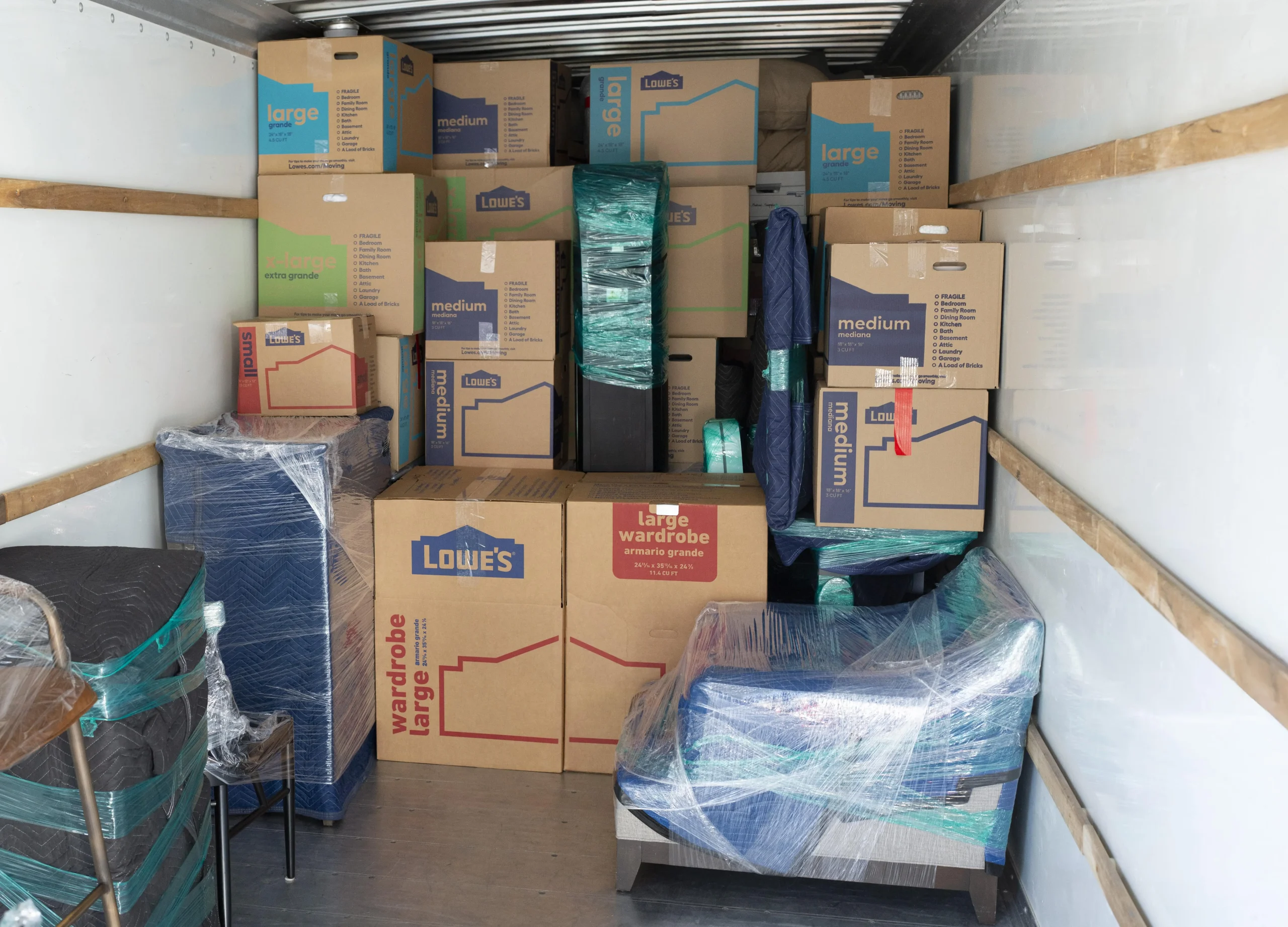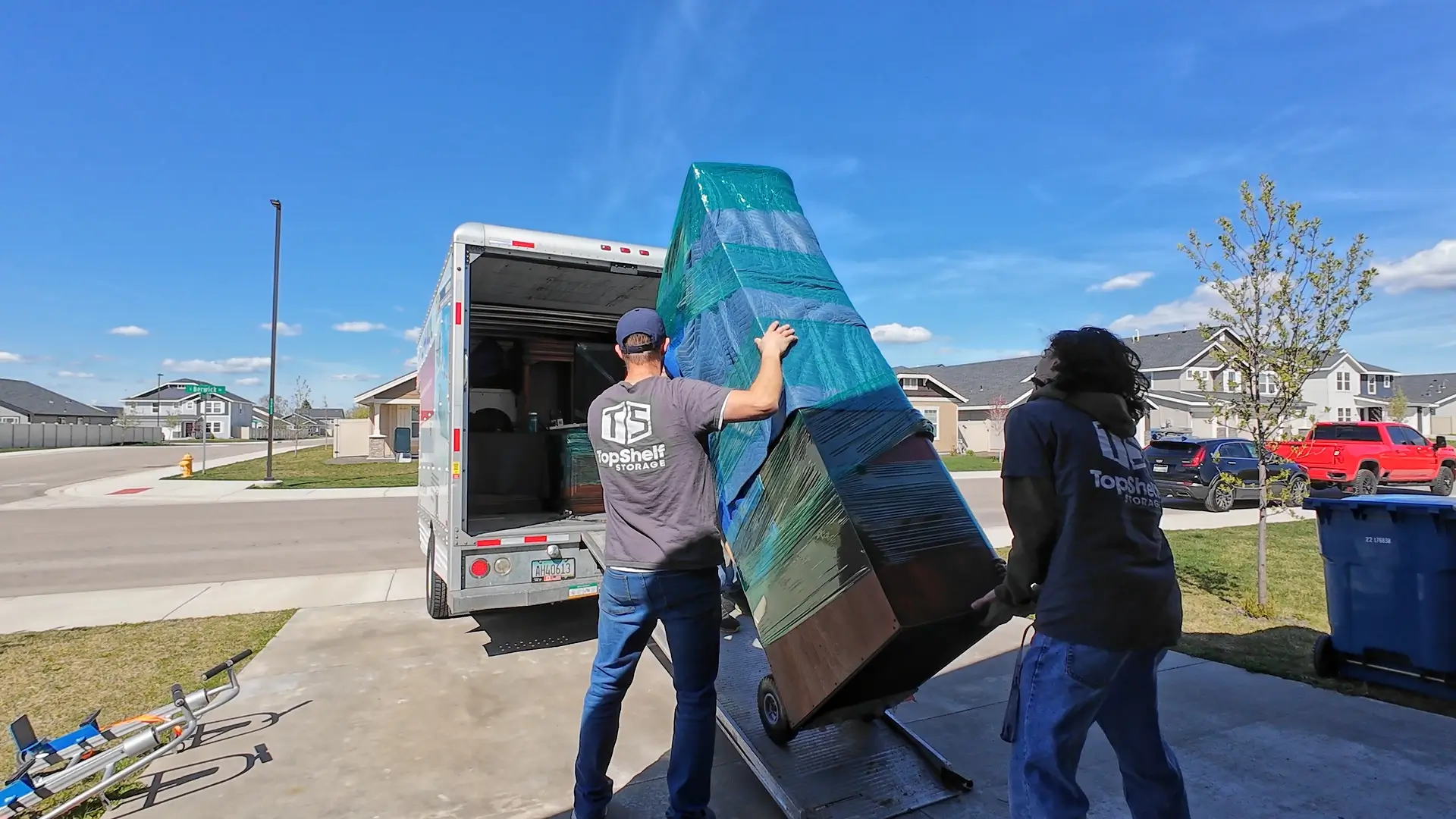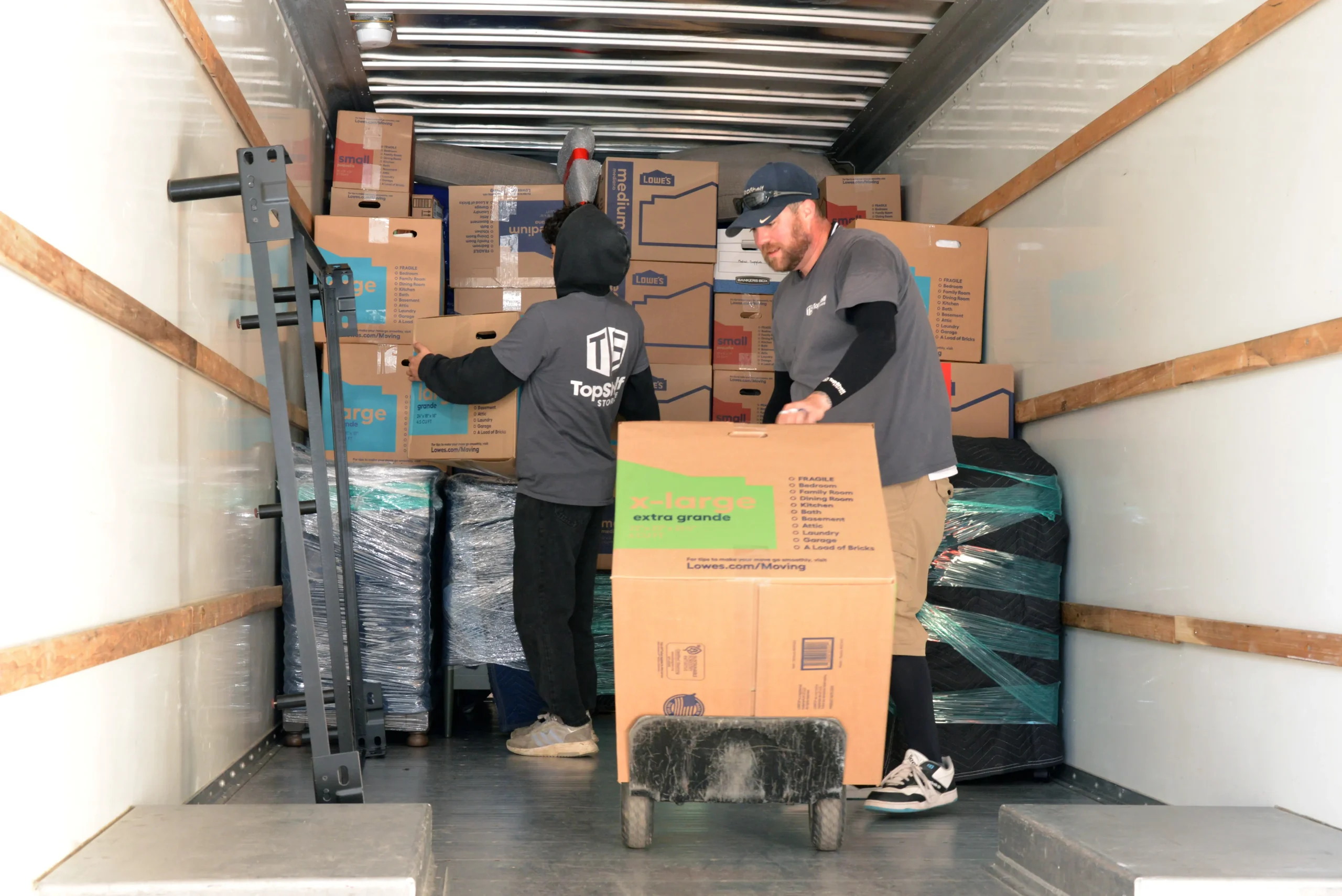Moving your life from one place to another can feel like juggling way too many boxes and bubble wrap, while you silently panic about where to stash that vintage dining set you inherited from Aunt Betty. Sometimes, though, you can’t dump everything right into your new space. Enter storage solutions—where you can park your stuff for a while without losing your sanity. Below are some pointers on how to pick the right storage option and keep your move running as smoothly as possible.
Deciding Between Short-term and Long-term Storage
Your choice between short-term or long-term storage hinges on how quickly you’ll need your belongings again.
- Short-Term: Ideal if you’re in that transitional phase—maybe the new lease starts in a month, or you’re renovating the new place. Usually, movers can arrange short-term units if you’re dealing with a quick turnaround.
- Long-Term: Perfect for folks planning extended travel or storing that antique couch Aunt Betty insists you’ll want someday. Look for moving services that offer special rates for multi-month rentals.
- Combine and Conquer: If you’re hiring a local moving company, ask if they bundle both moving and storage options. Sometimes moving company prices drop when you do everything with the same team.
Whichever route you choose, a good plan keeps your prized possessions from collecting dust in a random basement—especially if your basement doesn’t exist yet.
Understanding Climate-Controlled Options
Ever notice how antique wood cracks in extreme dryness, or electronics have meltdowns when it’s hot enough to fry bacon on the sidewalk? That’s where climate control steps in.
- Who Needs It?: If you’re storing old family photos, wine collections, or musical instruments, you might need consistent temperatures and humidity. Moving companies can point you toward units that protect items from the elements.
- Added Costs: Yes, a climate-controlled facility costs more. But the difference in moving company cost is often a fraction of replacing a damaged Picasso. (Or that limited-edition comic book collection you pretend is no big deal.)
- Special Considerations: If you’re dealing with short distance movers, your items won’t be in storage forever. But even a few weeks in a sweltering or freezing unit can do real damage.
Sometimes, going the extra mile for a climate-controlled facility saves you from heartbreak—and yet another purchase to replace your melted vinyl records.
Assessing Security Features
Let’s face it: you’re handing your stuff over to a locked garage you might not visit daily. That can feel nerve-wracking unless you know it’s secured like Fort Knox.
- Look for Cameras and Alarms: A good facility boasts 24/7 surveillance, motion sensors, and gate codes. If you want to stash valuables, verify those features before signing.
- On-Site Management: Facilities that have staff around can deter would-be thieves. And if something weird happens—like a break-in attempt—someone’s there to alert authorities.
- Locks and Insurance: Your own sturdy lock helps, but also see if your moving company insurance or homeowner’s policy covers stored items. Some moving companies offer extra coverage for a fee.
A cheap solution might look appealing, but if it means your boxes sit in a sketchy warehouse, consider stepping up to a facility with better safeguards. Especially for high-value stuff.

Access and Proximity Considerations
Everyone imagines they’ll only need to retrieve their winter boots next season—but life’s unpredictable. You might end up needing something sooner.
- Location, Location: Closer is generally better. Hunting for “movers” or a storage facility near you cuts down on gas and time. Because driving two hours just to grab holiday decor is a pain.
- Access Hours: Some spots offer 24/7 entry; others are strict about business hours. If you think you’ll need late-night access, choose accordingly.
- Loading Docks and Elevators: If you’re storing big furniture, confirm the place has the infrastructure for easy loading. You don’t want to regret missing an elevator while lugging a couch.
Sure, you might find a cheap moving company that pairs with a remote storage unit in the next county, but consider your future self—will you curse past you every time you have to drive there?
Pricing and Space Requirements
Nobody wants to pay for an aircraft hangar to store a couple of boxes. Conversely, cramming your entire living room set into a closet-size unit might not end well.
- Unit Size: Most facilities list dimensions (5×5, 10×10, etc.). Try to estimate how many boxes or pieces of furniture you have. Some local movers can help gauge the volume and recommend a size.
- Bundled Rates: If you’re working with a full service moving company, they might package storage with moving for a better deal. Ask for a moving company quote that includes possible storage if you’re on the fence.
- Long-Term Discounts: Facilities often discount extended stays. But if you only need a month, don’t get trapped in a year-long contract. Flexibility is key, especially if you’re uncertain about how long you’ll need the space.
Compare moving company rates and storage fees together. Sometimes a slightly higher full service movers cost can offset a cheaper storage unit, or vice versa. Play around with the numbers until they make sense for your situation.
Wrapping It Up
Finding the right storage solution can calm a lot of moving anxiety—especially if your new home isn’t quite ready or you’re downsizing and have nowhere to put that giant dining table. Whether you’re looking for “movers” to handle every detail or planning to do the lugging yourself, a reliable storage facility is a lifesaver. Think about duration, climate control, security, location, and price so you can stash your things with confidence.
And remember: a little planning goes a long way. You don’t want to end up rummaging through poorly stacked boxes in a dusty unit with zero lighting. Choose smartly now, and you’ll thank yourself when you finally retrieve that mint-condition sofa—unscathed and ready for your new digs. Good luck out there!


